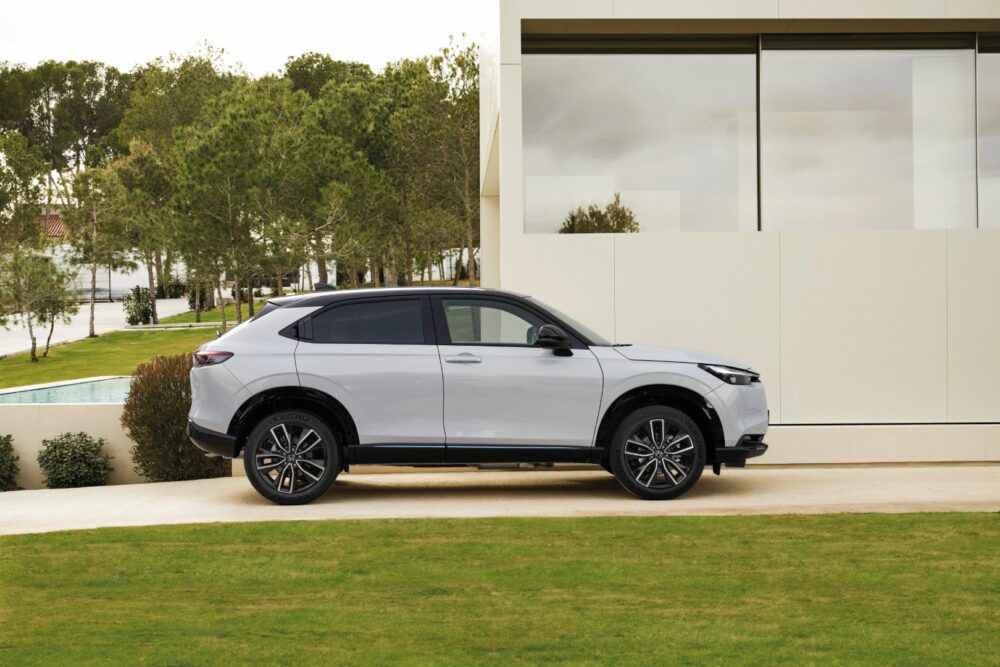Ford: headlights from coffee beans
KNOWN HOW As part of a cooperation with McDonald's in the USA, Ford will in the future use components from coffee beans in parts such as headlight housings and numerous other components. By heating the husks strongly at low oxygen levels, the material can be mixed with plastic and other additives and converted into moldable pellets. Optimum thermal properties The material [...]

By heating the shells strongly at low oxygen levels, the material can be mixed with plastic and other additives and converted into moldable pellets.
Optimal thermal properties
The material meets the quality requirements for parts such as headlight housings and other components. The vehicle parts enable weight savings of up to 20 percent and require around 25 percent less energy during the molding process.
The thermal properties of the new material are also significantly better than some materials currently in use, according to Ford. This is the first time Ford has used coffee bean husks to convert them into suitable vehicle parts.
Residual materials for vehicle parts
McDonald's is expected to transfer a significant portion of the coffee residue generated in North America to Ford for use in creating vehicle parts.
The project includes two other companies in the U.S.: Varroc Lighting Systems, which is supplying the headlights, and Competitive Green Technologies, the processor of the coffee residue.









